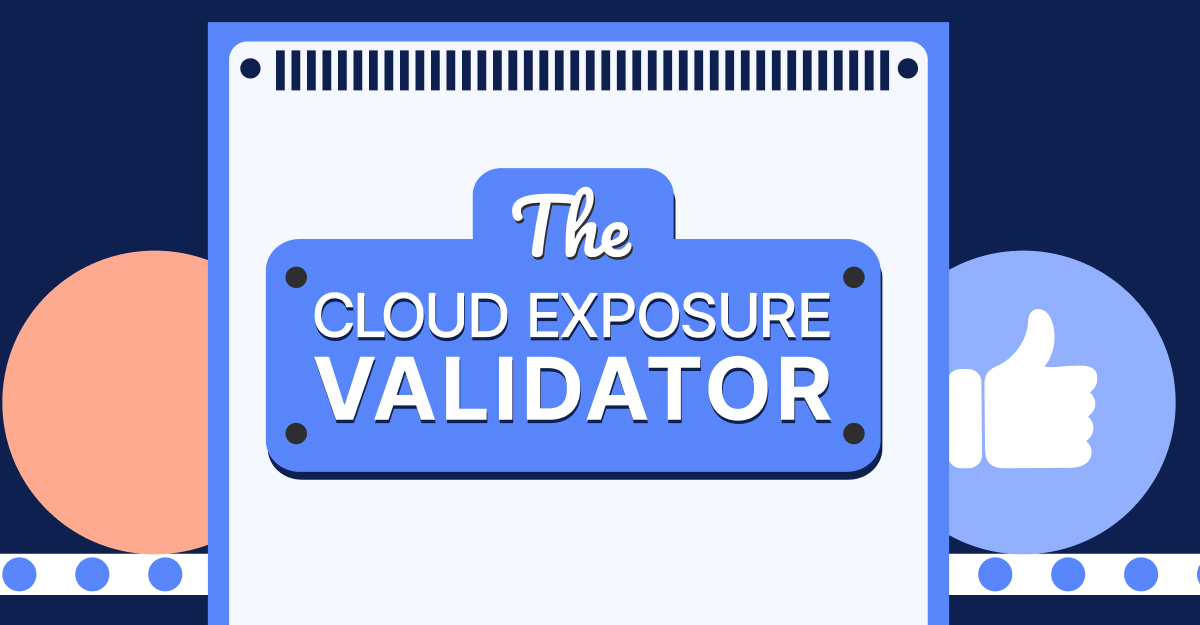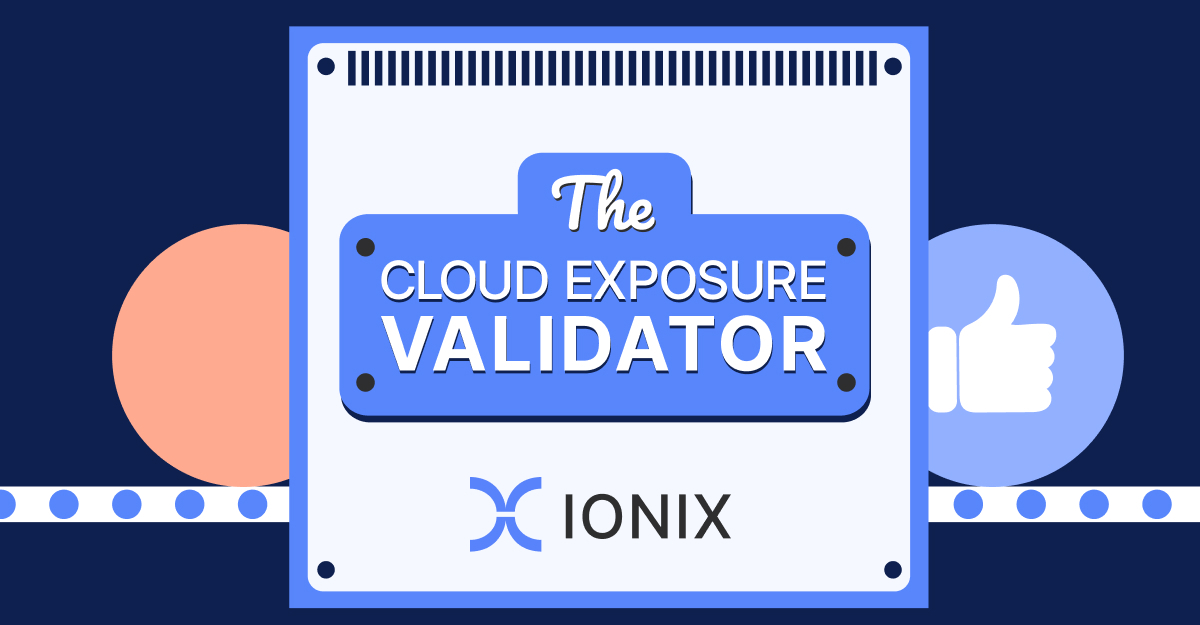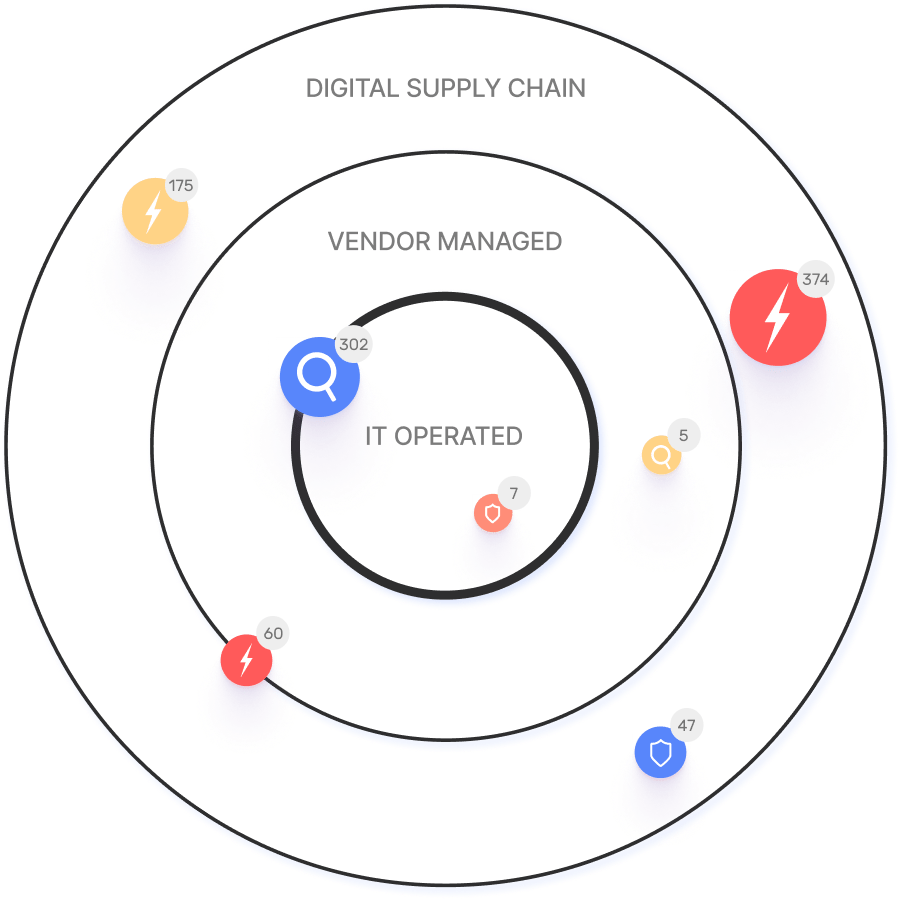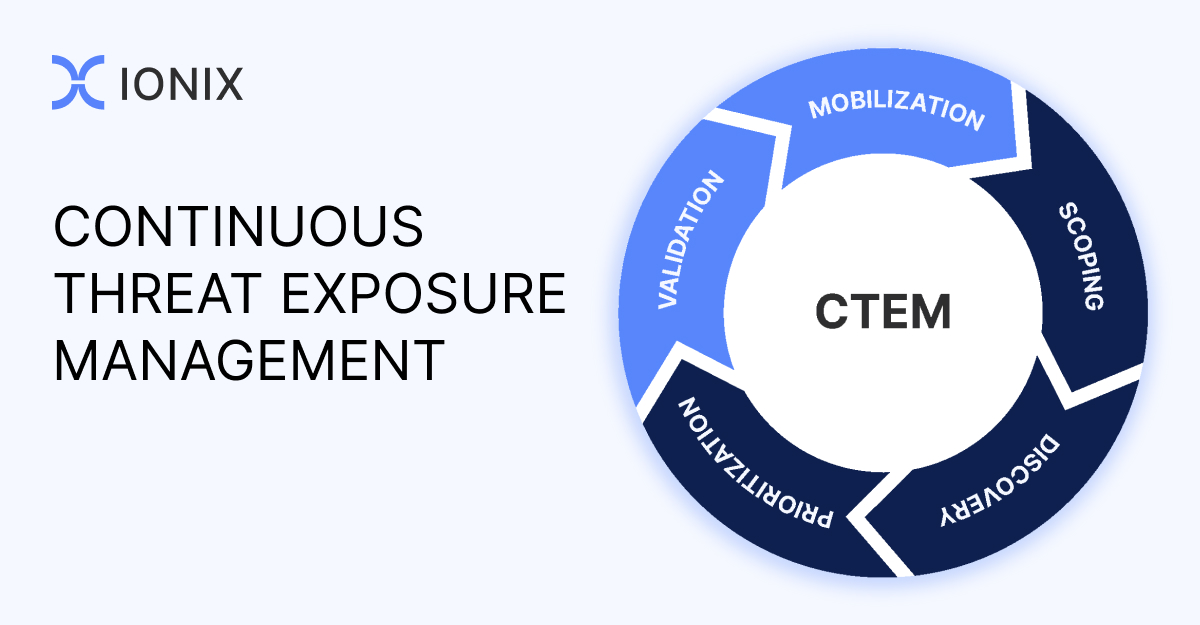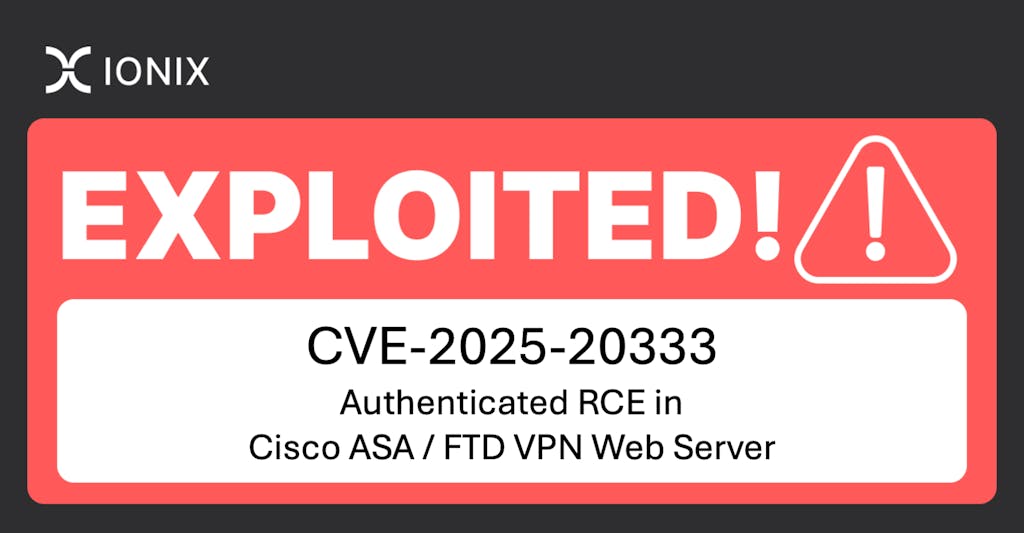Frequently Asked Questions
Product Information & Features
What is External Attack Surface Management (EASM)?
External Attack Surface Management (EASM) is the continuous discovery, monitoring, evaluation, prioritization, and remediation of an organization's internet-facing assets and associated attack vectors. This includes domains, SSL certificates, servers, IoT devices, and network services—both those under direct control and those connected via the digital supply chain. EASM helps organizations proactively address vulnerabilities and misconfigurations before they are exploited. Learn more.
What is Continuous Threat Exposure Management (CTEM)?
Continuous Threat Exposure Management (CTEM) is a framework designed to continuously surface, actively prioritize risks, and mobilize defense against the biggest threats to your business. CTEM follows a five-stage approach: Scoping, Discovery, Prioritization, Validation, and Mobilization. According to Gartner, organizations prioritizing security investments based on CTEM will realize a two-thirds reduction in breaches by 2026. Read the Gartner report.
How does EASM fit into the CTEM framework?
EASM is a foundational use case for implementing CTEM. It provides a clear scope by focusing on external-facing assets, delivers visibility from the attacker's perspective, leverages a growing ecosystem of specialized tools, and enables faster time to value. EASM also helps organizations break security silos and aligns with digital transformation trends, making it easier to expand CTEM programs. Learn more.
What are the main features of the IONIX platform?
The IONIX platform offers Attack Surface Discovery, Risk Assessment, Risk Prioritization, and Risk Remediation. It enables organizations to discover all relevant assets, monitor changing attack surfaces, and ensure comprehensive coverage with minimal noise. Key features include ML-based Connective Intelligence, Threat Exposure Radar, and streamlined remediation workflows. Learn more.
What integrations does IONIX support?
IONIX integrates with tools such as Jira, ServiceNow, Slack, Splunk, Microsoft Sentinel, Palo Alto Cortex/Demisto, AWS Control Tower, AWS PrivateLink, and pre-trained Amazon SageMaker Models. These integrations enable seamless workflows across ticketing, SIEM, SOAR, and cloud environments. See all integrations.
Does IONIX offer an API for integrations?
Yes, IONIX provides an API that supports integrations with major platforms including Jira, ServiceNow, Splunk, Cortex XSOAR, and more. Learn more about the API.
Use Cases & Benefits
Who can benefit from using IONIX?
IONIX is designed for Information Security and Cybersecurity VPs, C-level executives, IT managers, and security managers across industries such as insurance, financial services, energy, critical infrastructure, IT, technology, and healthcare. It is tailored for organizations of all sizes, including Fortune 500 companies.
What business impact can customers expect from IONIX?
Customers can expect improved risk management, operational efficiency, cost savings, and enhanced security posture. IONIX enables visualization and prioritization of hundreds of attack surface threats, actionable insights, reduced mean time to resolution (MTTR), and optimized resource allocation. Learn more.
What are some customer success stories with IONIX?
IONIX has helped E.ON continuously discover and inventory internet-facing assets, Warner Music Group boost operational efficiency and align security operations with business goals, and Grand Canyon Education proactively discover and remediate vulnerabilities. Read more: E.ON, Warner Music Group, Grand Canyon Education.
What pain points does IONIX solve for organizations?
IONIX addresses challenges such as shadow IT, unauthorized projects, fragmented IT environments, lack of attacker-perspective visibility, and difficulty maintaining up-to-date inventories in dynamic environments. It helps organizations proactively manage security, prioritize risks, and ensure comprehensive asset coverage.
How does IONIX differentiate itself from competitors?
IONIX stands out with ML-based Connective Intelligence for better asset discovery and fewer false positives, Threat Exposure Radar for prioritizing critical issues, comprehensive digital supply chain mapping, and streamlined remediation workflows. It is recognized for product innovation and security, earning top ratings in the ASM Leadership Compass and the Intellyx Digital Innovator Award. See awards.
Technical Requirements & Implementation
How long does it take to implement IONIX and how easy is it to get started?
IONIX can be deployed in about a week, requiring only one person to implement and scan the entire network. Customers have access to onboarding resources such as guides, tutorials, webinars, and a dedicated Technical Support Team. Read more.
What training and technical support does IONIX provide?
IONIX offers onboarding resources including guides, tutorials, webinars, and a dedicated Technical Support Team to assist customers during implementation and adoption. Customers are assigned a dedicated account manager and benefit from regular review meetings. Learn more.
What technical documentation is available for IONIX?
IONIX provides technical documentation, guides, datasheets, and case studies on its resources page. Explore resources.
Security & Compliance
What security and compliance certifications does IONIX have?
IONIX is SOC2 compliant and supports companies with NIS-2 and DORA compliance, ensuring robust security measures and regulatory alignment.
How does IONIX ensure product security?
IONIX earned top ratings for product innovation, security, functionality, and usability. It was named a leader in the Innovation and Product categories of the ASM Leadership Compass for completeness of product vision and a customer-oriented, cutting-edge approach to ASM. See details.
Customer Proof & Case Studies
Who are some of IONIX's customers?
IONIX's customers include Infosys, Warner Music Group, The Telegraph, E.ON, Grand Canyon Education, and a Fortune 500 Insurance Company. See more customers.
What industries are represented in IONIX's case studies?
Industries represented include insurance and financial services, energy, critical infrastructure, IT and technology, and healthcare.
Support & Maintenance
What customer service and support does IONIX provide?
IONIX provides technical support and maintenance services during the subscription term, including troubleshooting, upgrades, and maintenance. Customers are assigned a dedicated account manager and benefit from regular review meetings. See terms.
Blog & Thought Leadership
Where can I find the IONIX blog?
The IONIX blog offers articles and updates on cybersecurity, exposure management, and industry trends. Read the blog.
What topics does the IONIX blog cover?
The IONIX blog covers vulnerability management, continuous threat exposure management, exposure management, and cybersecurity best practices. Key authors include Amit Sheps and Fara Hain. Explore the blog.
Industry Recognition & Company Information
What industry recognition has IONIX received?
IONIX was named a leader in the 2025 KuppingerCole Attack Surface Management Leadership Compass and won the Winter 2023 Digital Innovator Award from Intellyx. The company has secured Series A funding to accelerate growth and expand platform capabilities. See details.
Methodology & Analyst Insights
Why does Gartner recommend starting CTEM with EASM?
Gartner recommends starting CTEM with EASM to ensure comprehensive visibility and prioritization of external threats. EASM provides critical insights into attacker perspectives, fast time to value, and foundational processes for expanding CTEM programs. Read more.
What is the significance of Gartner's forecast for CTEM?
Gartner forecasts that by 2026, organizations focusing security spending on CTEM will achieve a reduction in breaches by two-thirds. Starting CTEM with EASM provides an impactful first step toward this goal. Read the Gartner report.
